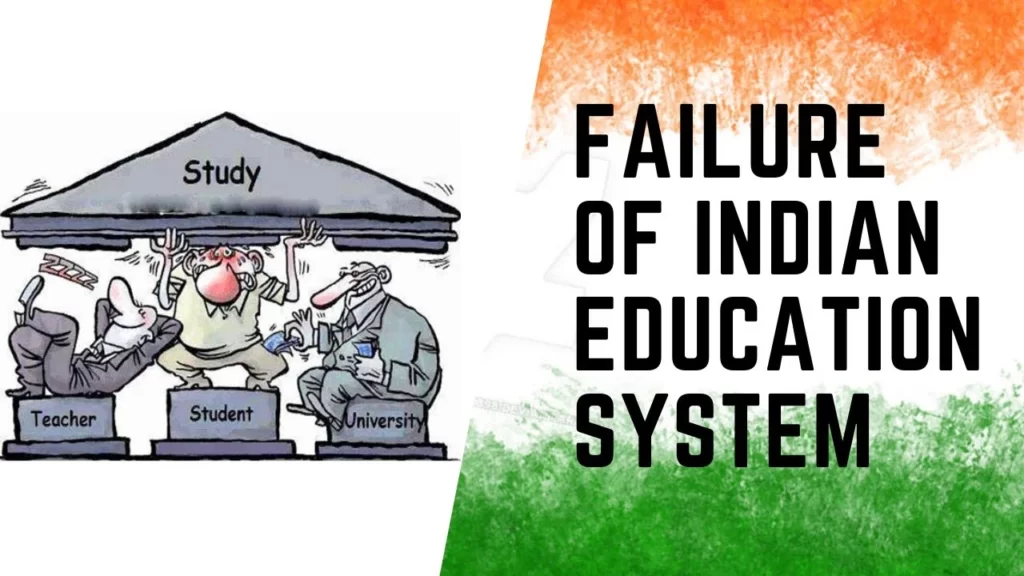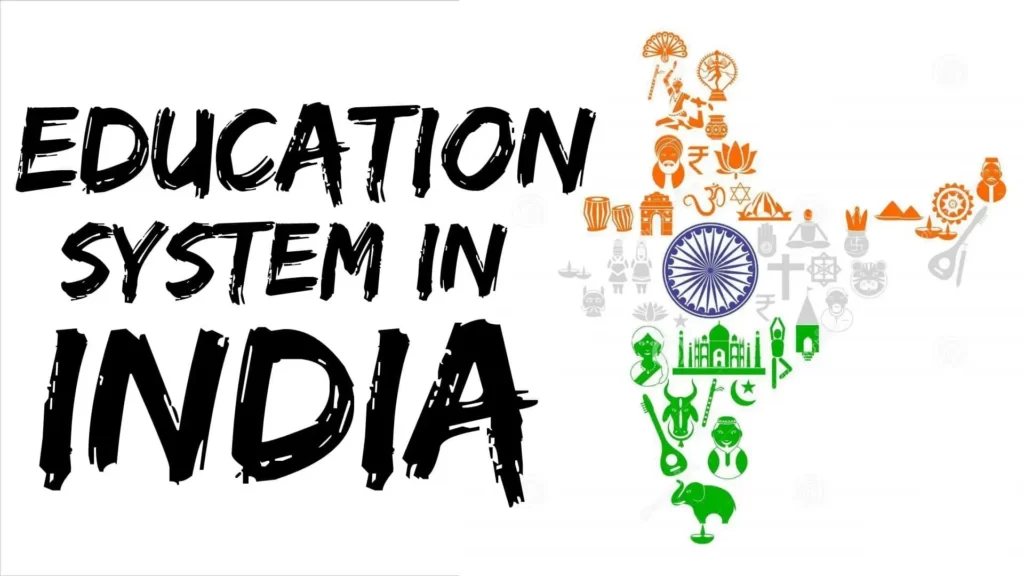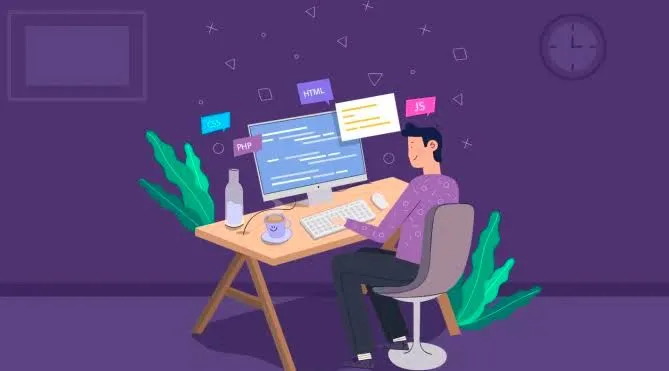10 Free AI Tools for Graphic Designing In today’s digital age, graphic designing plays a pivotal role in various industries, from marketing to web development. With the advancements in Artificial Intelligence (AI), designers now have access to a wide array of free AI-powered tools that streamline their creative process, enhance productivity, and add a touch of uniqueness to their designs. In this article, we will explore ten such free AI tools websites for graphic designing that have revolutionized the way designers approach their craft. 1. Canva Canva is a popular web-based graphic design tool that empowers both amateurs and professionals to create stunning visuals effortlessly. It provides a user-friendly interface, a vast library of templates, images, and illustrations, and AI-driven features like automatic background removal, color palette suggestions, and design element recommendations. 2. Pixlr Pixlr is an online photo editing tool that offers a wide range of AI-powered features to enhance and modify images. With its AI background removal, one-click retouching, and creative filters, Pixlr allows designers to transform images and achieve professional-grade results with ease. 3. Gravit Designer Gravit Designer is a versatile vector design tool with AI-assisted features for graphic designers. Its AI-powered auto-layout feature, intelligent snapping, and responsive design capabilities enable designers to create adaptive and visually appealing designs for various devices. 4. Vectr Vectr is a free vector graphics editor that leverages AI to simplify the design process. It enables real-time collaboration among team members, offers intuitive controls, and assists designers in creating vector-based designs for logos, icons, and illustrations. 5. Crello Crello is an AI-driven graphic design platform that caters to non-designers and professionals alike. It provides a plethora of customizable templates, animated elements, and a vast library of images and videos, making it a go-to tool for creating engaging social media posts, presentations, and marketing materials. 6. Figma Figma is a cloud-based design tool that incorporates AI for collaborative design work. With its advanced AI-powered prototyping and design systems, Figma enables seamless collaboration between designers and developers, streamlining the design-to-development process. 7. Easil Easil is an AI-powered design tool that focuses on creating visually stunning content for social media, presentations, and marketing campaigns. Its drag-and-drop interface, AI-generated design suggestions, and automation features make it ideal for businesses and marketers seeking to produce professional graphics quickly. 8. Design Wizard Design Wizard is an AI-driven graphic design tool that stands out for its simplicity and ease of use. It offers a wide selection of templates, images, and videos, along with AI-powered tools for resizing designs to fit various social media platforms, saving time and effort for designers. 9. BeFunky BeFunky is an all-in-one creative platform that combines photo editing, graphic designing, and collage-making. With its AI-driven features like smart cutout, one-click effects, and automatic beautification, BeFunky simplifies complex design tasks and brings out the artist in everyone. 10. Vecteezy Vecteezy is a resourceful website that provides free vector graphics, icons, and illustrations for designers. While it doesn’t have a specific AI-powered tool, it’s worth mentioning for its extensive library, which designers can use as building blocks for their creative projects. Conclusion The world of graphic designing has been significantly impacted by AI, with numerous tools now available to designers at no cost. These ten free AI tools websites, such as Canva, Pixlr, Gravit Designer, Vectr, Crello, Figma, Easil, Design Wizard, BeFunky, and Vecteezy, have democratized graphic design by empowering both professionals and beginners with innovative features and seamless user experiences. Whether you’re creating social media graphics, logos, or presentations, these AI-powered tools are indispensable in enhancing creativity and efficiency in the graphic design workflow. Thank you all for taking the time to read my article!Your engagement and interest mean a lot to me.I hope you found the information helpful and insightful.










